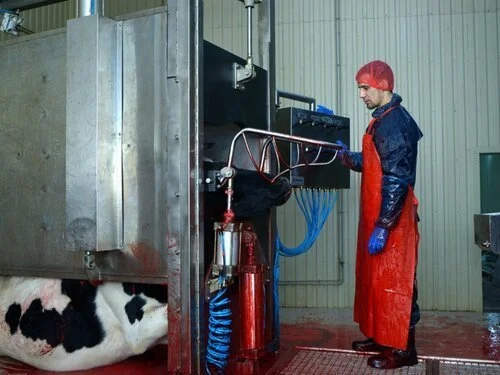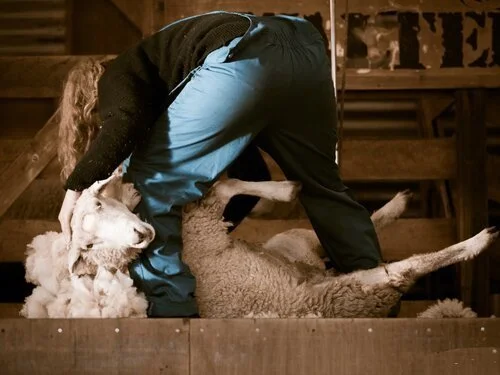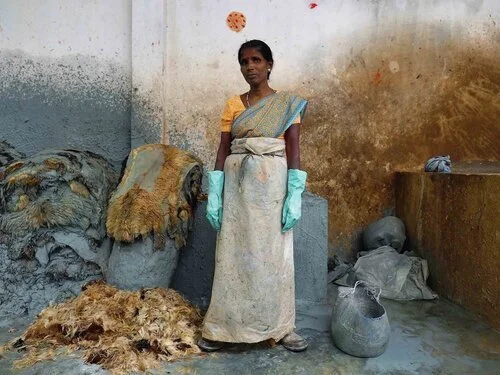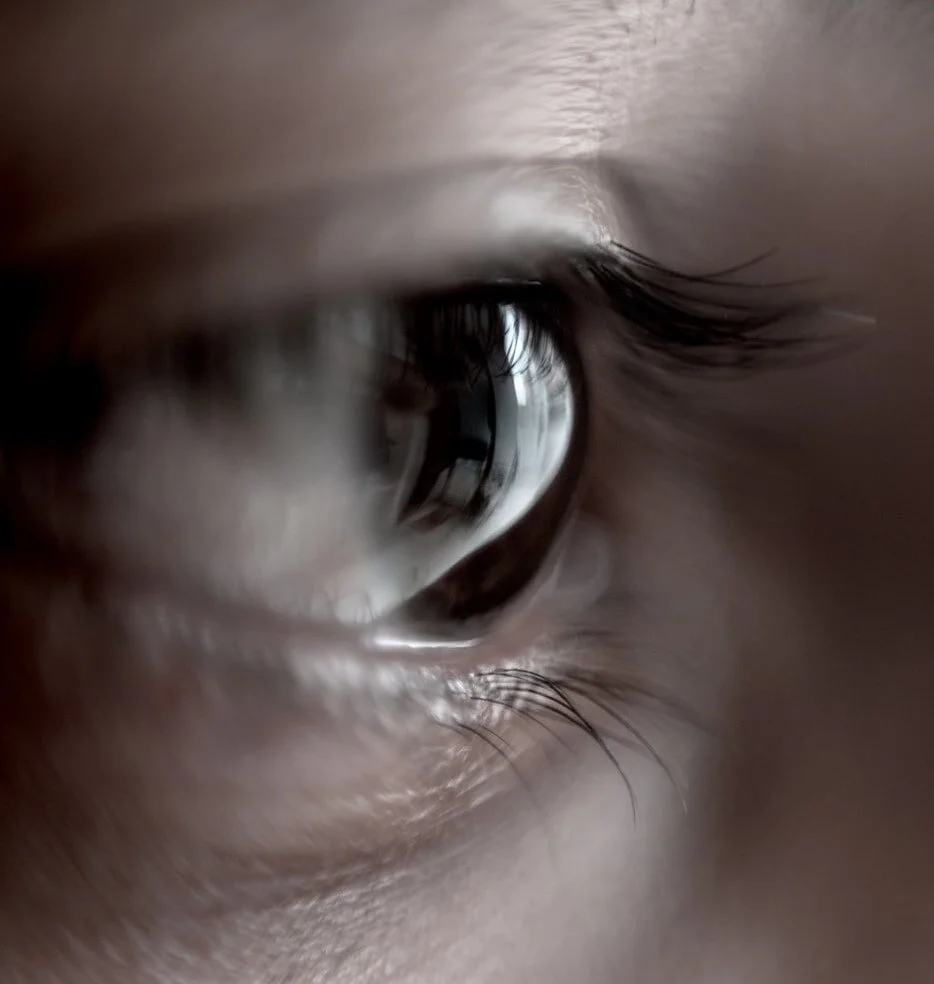Farm workers’ suffering in fashion’s animal supply chains
While forced labour can commonly occur on farms, raising animals for exploitation and slaughter can also have serious mental health impacts.
Imagine you live out in the countryside with animals. You get to know the animals. You know who likes a head scratch, you see mother animals give birth to their young. You feel a connection with them.
Then, you have to send them away to be killed.
They are frightened as they are trucked to their death.
This is the reality for many animal farmers in fashion supply chains, who connect with the animals they raise for slaughter.
Jackie’s story
Jackie was a dairy, cattle and sheep farmer for 18 years. The skins of the male ‘bobby calves’ her farm slaughtered each year were turned into what is considered luxurious leather. The sheep were all eventually slaughtered, while people wore their wool.
Jackie said that ‘no matter how kind I felt I was to them, no matter how well I cared for them, every single one of these animals was ultimately destined to meet the same fate’ - exploitation and eventually slaughter.
After many ‘horrifying’ experiences as a farmer, including hearing the ‘devastated’ cries of mother cows separated from their calves, Jackie is no longer farming animals. Today, she is vegan, and even has a vegan cookbook.
Image: Jackie sharing affection with a rescued lamb.
Toni’s story
Toni grew up on a sheep farm and was involved in wool production. From a very young age, killing animals was normal. According to Toni, ‘us kids thought it was fun playing in the guts of the dead sheep.’
For years, Toni struggled with a sense that what was happening to the sheep around her was wrong. She was told she was ‘soft’, ‘weak’ and ‘a princess’ for speaking up against the abuse of terrified sheep and lambs.
While her family still works in the sheep meat and wool industry, Toni decided to leave and become a vegan. She now works as a postperson, or ‘postie’, and fosters rabbits with The Rabbit Sanctuary.
Image: Toni with a guinea pig.
Renée’s story
When Renée married a fourth-generation cattle rancher, she began to observe the ‘deep bonds between the cows and their calves, as well as the friendships and affections displayed between herd mates’. When these animals were sent to their death, her ‘heart broke’. These animals would end up on people’s plates and in their wardrobes.
Renée raised money to save the lives of the cattle left on her husband’s farm, and the land is now an animal sanctuary.
Today, Renée runs the Rancher Advocacy Program, which supports people who want to transition away from animal agriculture. She believes we must not only rescue animals, but also ranches.
Image: Renée and her rescued cows
Jay’s story
73 Cows is the story of Jay Wilde, a cattle farmer who battles with his conscience every time he takes ‘his’ cows to slaughter. Jay and his wife decide to move towards kinder, more sustainable plant-based farming.
By Lockwood Films.
“On Australian cattle stations, workers have been documented stating, ‘here I have to switch my love for animals a bit off, you have to if you work here. I mean normally I couldn’t send an animal to death but here you have to do it’, and, ‘you should not feel bad for them. If you have a thought about that you can't be in the industry, you can’t feel bad for them, you just can’t’.”
– Under their skin, leather’s impact on people report
‘Cattle ranching in Brazil accounts for more than 60% of the nation’s Dirty List - a list of employers that are linked to labour trafficking, debt bondage and other forms of forced labour’
Fashion Revolution’s Out of Sight report shows that beyond mental anguish, there are many other issues facing humans who farm in animal-derived fashion supply chains. In Brazil, one of the top producers of animal skin, illegal mistreatment of farming workers is rife. Similarly, ‘poor working conditions, labour trafficking and instances of forced labour have been documented among communities in… Paraguay and Vietnam’ involved in cattle ranching in leather supply chains. The report also states that due to a lack of transparency and corruption, knowing where animal skins in fashion come from is very difficult.
Forced labour in leather and all fashion supply chains is a serious issue.
REUTERS / Pilar Olivares
These stories should matter to the fashion industry because they are a part of fashion supply chains.
Leather is not just a ‘byproduct’ of the beef and dairy industry - it is valuable and sold for a profit. Wool, sheepskins, down feathers and fur are all valuable, and fund industries built on animal and human suffering.

Supply chains contributing to mental suffering and forced labour are not ethical.
The future of fashion is free from animals, harm to them, and harm to humans and the environment.
Want to keep learning?
-

Slaughterhouse workers
People working in abattoirs often suffer with serious mental health issues and trauma. They are at high risk of physical injury in the workplace, poorly treated and underpaid.
-

Herders and shearers
While shearers face illegal mistreatment, herders report feeling trapped in an industry destroying their native land for wool and cashmere.
-

Tannery workers
Leather tanning almost always requires the use of heavy chemicals. These chemicals harm the humans working with them and their communities.






